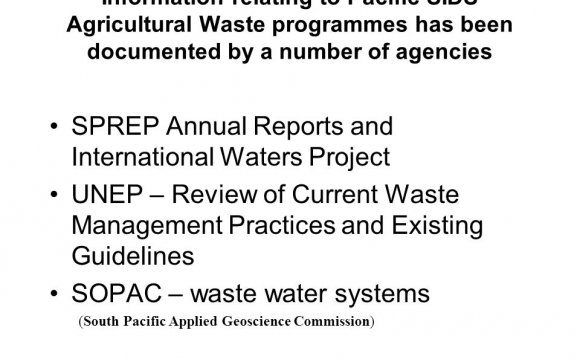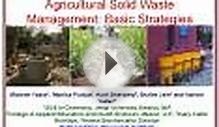
 The Nation’s freshwater supply, shaped by rainfall, snowmelt, runoff and infiltration, is distributed unevenly across the landscape, throughout the seasons, and from year to year. In many areas, concerns are growing about the adequacy of the available ground and surface water supply and the quality of the water to support intended uses.
The Nation’s freshwater supply, shaped by rainfall, snowmelt, runoff and infiltration, is distributed unevenly across the landscape, throughout the seasons, and from year to year. In many areas, concerns are growing about the adequacy of the available ground and surface water supply and the quality of the water to support intended uses.
Agriculture is one of the largest users of the Nation’s surface water and groundwater, with irrigation being the greatest use. In 2000, almost 34 percent of the water withdrawn from surface water and groundwater was used in irrigated agriculture. In arid and semi-arid areas, crop production depends almost entirely on irrigation. Competition for water in these areas is increasing as a result of increased human populations. In recent years, irrigation has been increasing in eastern States, resulting in water shortages in several States.
In addition, agricultural runoff can impact water quality, carrying potential pollutants into the Nation’s streams, lakes, ground water supplies, and estuaries. States and Tribes have identified sediment and nutrients as the most extensive agricultural contaminants affecting surface water quality, while nutrients and agrichemicals are the major concerns for groundwater.
Nitrogen and phosphorus are the primary nutrients that contribute to agricultural nonpoint source pollution. Excessive nitrogen and phosphorus in waterways can cause algal blooms which can lead to the development of hypoxic conditions, or low dissolved oxygen concentrations, unable to sustain aquatic life.
Excessive sedimentation can also overwhelm aquatic ecosystems, smothering freshwater breeding substrates and, in extreme conditions, degrade coastal and marine ecosystems including coral reef ecosystems. Pathogens and pharmaceuticals from livestock and poultry operations are also emerging water quality issues. With continuing concentration trends in animal agriculture, concerns about the potential for impairment of water resources have increased.
As the leading Federal agency for assisting in restoring watershed health on private land, NRCS provides technical and financial assistance to producers who implement conservation practices and management strategies, including the restoration and protection of wetlands, that benefit water quality and improve water management. The science behind the implementation of these conservation practices and management strategies is developed and supported by the NRCS Science and Technology Divisions, National Technical Support Centers, the Water and Climate Center, and the Wetlands Team, who are continually developing new tools to, among other things, improve snowmelt prediction capabilities, improve current conservation practice technology, improve models to track nutrients, and improve irrigation efficiency so that agricultural producers can more efficiently use water, increase water storage, and protect water quality by minimizing the potential loss of sediment and nutrients from their operations by applying science based conservation practices.
RELATED VIDEO












